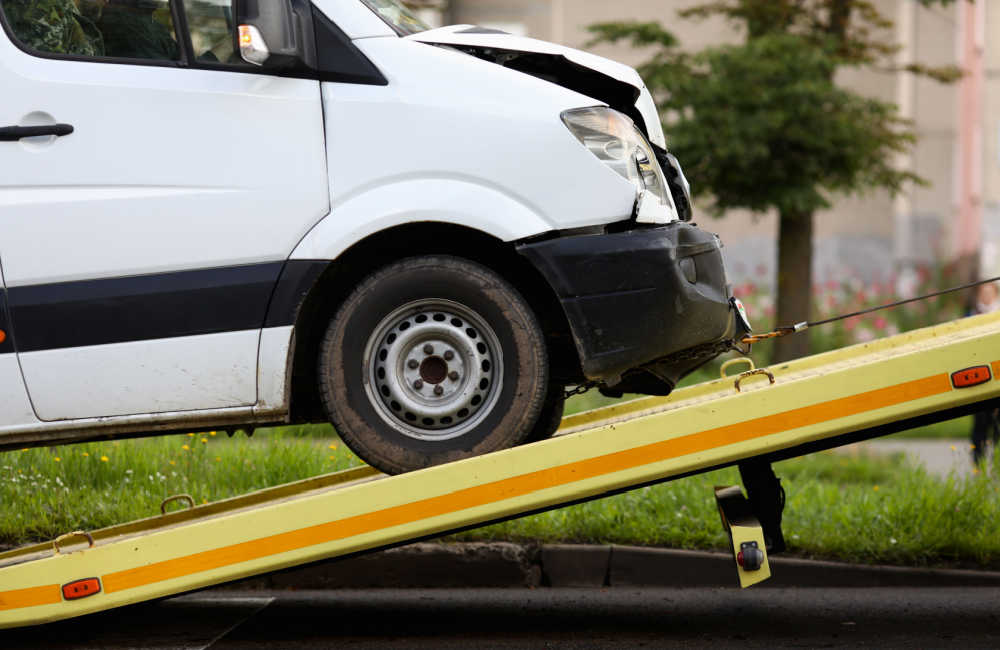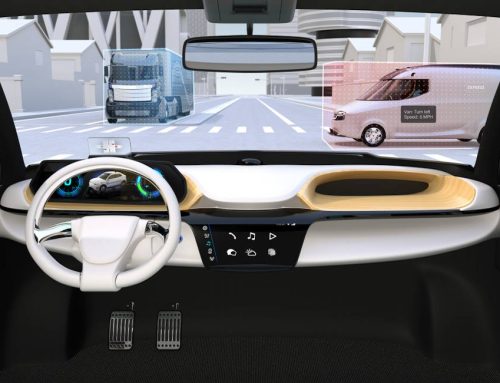One of the costliest areas of a HVAC fleet manager’s budget is money set aside to cover the cost of crashes. Vehicle repair or replacement costs, as well as the subsequent increase in insurance rates and the potential for liability lawsuits, can undercut profits for both large and small fleets.
Reducing these costs through better HVAC fleet risk management is key to success for both small and large HVAC fleets. Driving is the most dangerous part of an HVAC technician’s job. With trucks on the road every day, the risks of crashes are high with an HVAC fleet.
Putting world-class ADAS (Advanced Driver Assistance System) to work can improve HVAC fleet risk management and reduce crash rates has made (ADAS) advanced crash avoidance systems a popular tech tool for fleet managers. They help HVAC fleet drivers avoid crashes, improve safety scores and can lead to lower insurance rates over time.
Get a Free Demo & Estimate Now
Assessing the Cost of HVAC Fleet Crashes
Every commercial fleet manager must budget for the variable costs associated with crashes. Repair costs, especially those requiring a fleet manager to place a vehicle out of service for an extended period, can quickly drive up costs.
Too many crashes can also lead to insurance companies raising commercial insurance rates. Worst of all from a financial perspective, drivers who are at fault in a crash can lead to costly civil court verdicts against the company. These verdicts can include costs in the millions, especially if injuries are involved.
ADAS systems provide a solution. Expert installers can retrofit them to any vehicle, calibrating them for a specific vehicle profile. HVAC fleet managers can reap the benefits of the modern ADAS systems even if they have older vehicles.
After-Market ADAS Solutions From Mobileye
By putting ADAS technology to work, managers can quickly boost HVAC fleet risk management and reduce crash rates. Human error leads to about 90 percent of all crashes. Mobileye collision avoidance systems can give drivers the crucial three seconds warning they need to avoid or at least mitigate collisions.
Crash Avoidance Systems
Mobileye uses AI, machine learning, data analysis, localization, and mapping technologies to improve ADAS and collision avoidance systems. The company’s world-leading collision avoidance technology helps drivers avoid rear-end collisions, unintentional lane departures, unsafe following time, and pedestrian/cyclist strikes.
- Forward Collision Warning. Alerts drivers before a collision with a vehicle ahead.
- Headway Monitoring and Warning. Alerts drivers when the distance between their vehicle and the one ahead becomes unsafe at the current speed.
- Lane Departure Warning. Alerts drivers when they unintentionally deviate from their driving lane.
- Pedestrian and Cyclist Collision Warning. Alerts drivers of a potential collision with a pedestrian or cyclist ahead.
Technology such as Mobileye alone can greatly improve HVAC fleet crash rates, reducing the risk of crashes by warning drivers with both visual and audio alerts, giving them time to avoid or mitigate a collision.
The collision avoidance system from Mobileye uses a camera to scan the road ahead while a software algorithm examines the view and detects other vehicles, motorcycles, bicycles, pedestrians, lane markings and speed limit signs. This constantly vigilant technology is never distracted from scanning the road ahead and can help prevent injuries and costly crashes.
Over 100 million vehicles worldwide already have Mobileye technology installed, providing needed protection and security for commercial drivers. This solution to the issue of distracted drivers works with cars, trucks, buses, and semis. For HVAC fleet managers who want a proven technology solution that helps prevent crashes, Mobileye crash avoidance systems provide what they seek.









